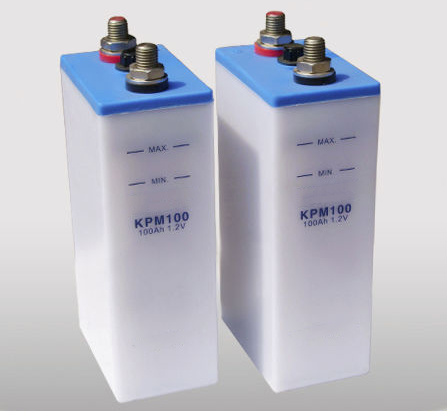Nickel-Cadmium (Ni-Cd) and Lead-Acid batteries are two widely used rechargeable battery technologies, each with distinct advantages and applications. Understanding their differences can help industries and consumers choose the best option for their needs.
1. Energy Density
Ni-Cd batteries generally have a higher energy density than lead-acid batteries. A Ni-Cd battery can store more energy per unit weight, making it ideal for applications requiring lightweight power sources, such as aviation and portable devices. In contrast, lead-acid batteries are heavier and bulkier, limiting their use in mobile applications.
2. Cycle Life and Durability
Ni-Cd batteries have a significantly longer cycle life, often exceeding 1,000 charge-discharge cycles, whereas lead-acid batteries typically last 300–500 cycles. Additionally, Ni-Cd batteries perform better in extreme temperatures, maintaining efficiency in harsh environments, while lead-acid batteries may suffer performance loss in cold or hot conditions.
3. Charge and Discharge Efficiency
Ni-Cd batteries have faster charge times and can endure deep discharges without major capacity loss. Lead-acid batteries, on the other hand, require longer charging periods and should not be deeply discharged frequently to avoid capacity degradation.
4. Maintenance Requirements
Lead-acid batteries often require regular maintenance, such as checking electrolyte levels and preventing sulfation. Ni-Cd batteries, in contrast, require less maintenance but may suffer from the memory effect if not properly managed.
5. Environmental Considerations
Both battery types pose environmental concerns. Lead-acid batteries contain lead and sulfuric acid, while Ni-Cd batteries contain toxic cadmium. However, lead-acid batteries have a more established recycling system, making disposal easier.
Ni-Cd batteries excel in durability, efficiency, and weight, making them suitable for aerospace, military, and industrial applications. Lead-acid batteries, though heavier and less durable, remain a cost-effective choice for automotive, UPS, and renewable energy storage applications.


